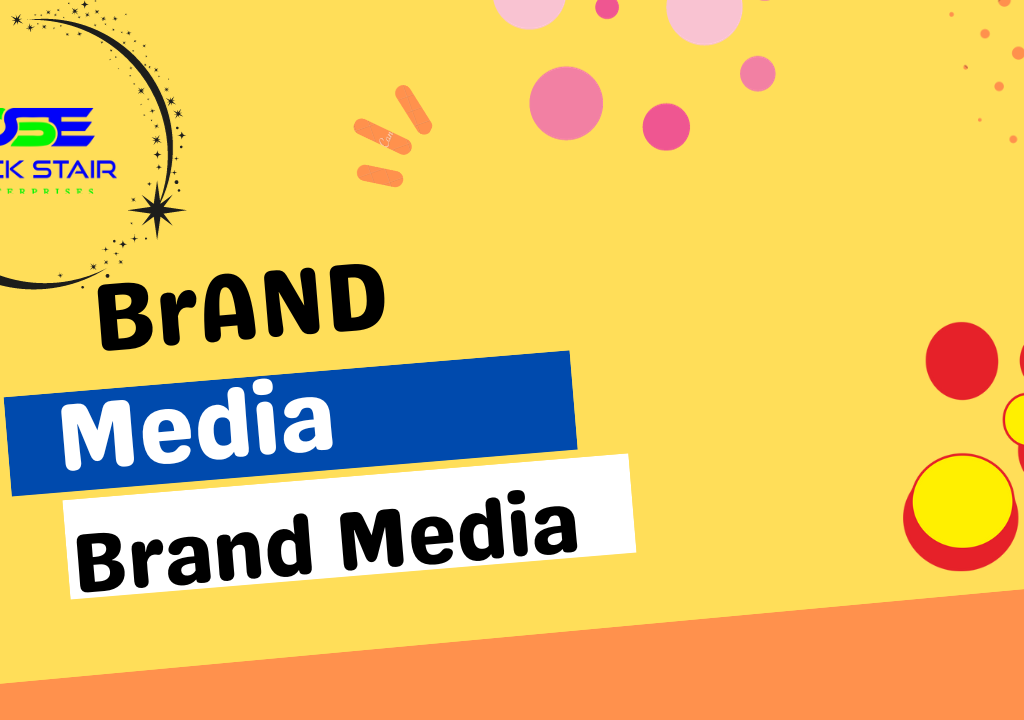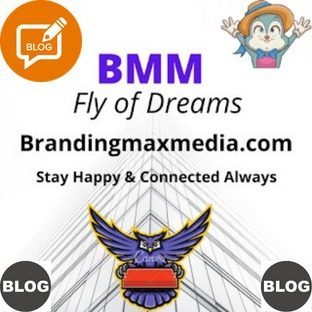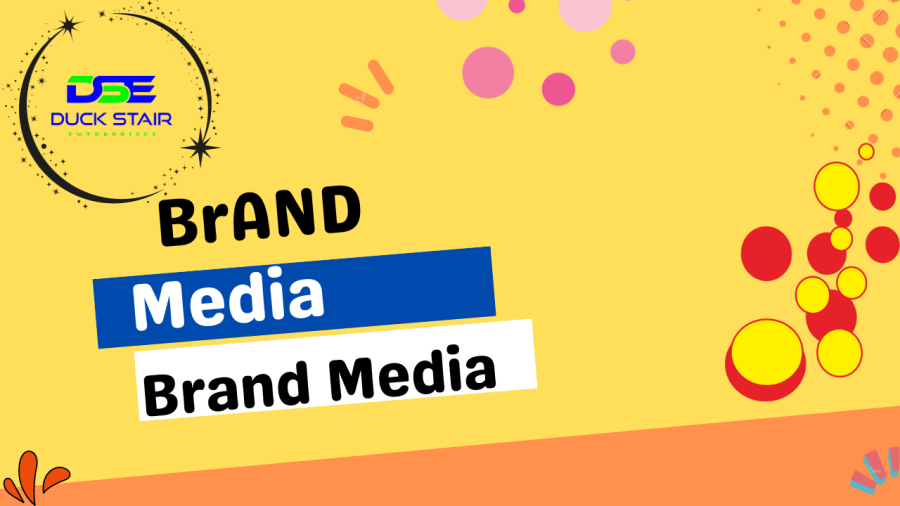
Brand Media
“Brand media” for the most part alludes to the different media channels and stages that a brand uses to speak with its interest group and construct its character. This can include a great many mediums, both customary and computerised, through which a brand shares its messages, values, and content.
Here are some examples of brand media:
Traditional Media:
Television: Commercials and sponsorships on TV channels.
Radio: Advertisements and sponsorships on radio stations.
Print: Advertisements in newspapers, magazines, and other print publications.
Outdoor: Billboards, posters, and other outdoor advertising.
Digital Media:
Online Entertainment: Stages like Facebook, Instagram, Twitter, LinkedIn, and others where brands can draw in with their crowd, share content, and run designated promotions.
Sites: A brand’s true site is a critical computerised media stage for giving data, advancing items or administrations, and interfacing with clients.
Email Marketing: Sending targeted messages and promotions directly to a brand’s email subscribers.
Online Advertising: Banner ads, display ads, and other forms of online advertising.
Content Marketing:
Blogs: Creating and maintaining a blog to share industry insights, company news, and relevant content.
Video Content: Using platforms like YouTube for brand-related videos, tutorials, advertisements, and more.
Podcasts: Creating or sponsoring podcasts to reach a specific audience through audio content.
Occasions and Sponsorships:
Occasions: Facilitating or taking part in occasions, expos, meetings, and different social affairs to advance the brand.
Sponsorships: Supporting or sponsoring events, sports teams, or cultural activities to increase brand visibility.
Influencer Marketing:
Collaborating with influencers who have a significant following and can promote the brand to their audience.
Interactive Media:
Games and Apps: Developing branded games or apps that engage users and promote the brand.
Public Relations (PR):
Managing the brand’s relationship with the media, crafting press releases, and handling crisis communication.
The way to powerful brand media is consistency in informing and the utilisation of different channels to reach and associate with the interest group. With the ascent of computerised media, many brands centre intensely around online stages, yet a balanced methodology might incorporate a blend of both conventional and advanced channels.

